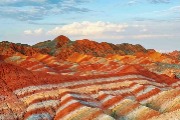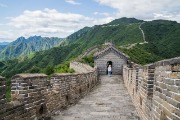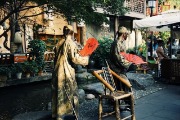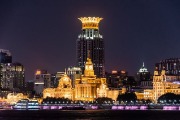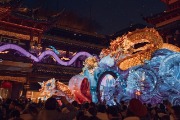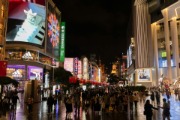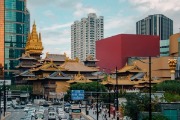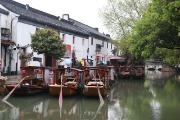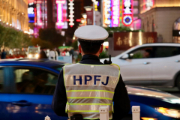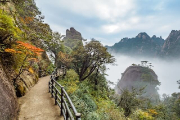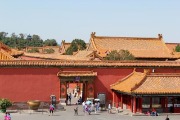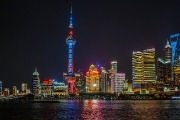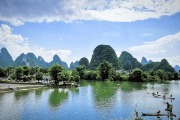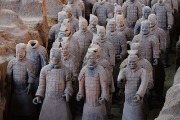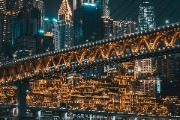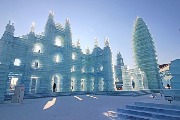The Bund
Here, you’ll find the most beautiful city nightscape in China.
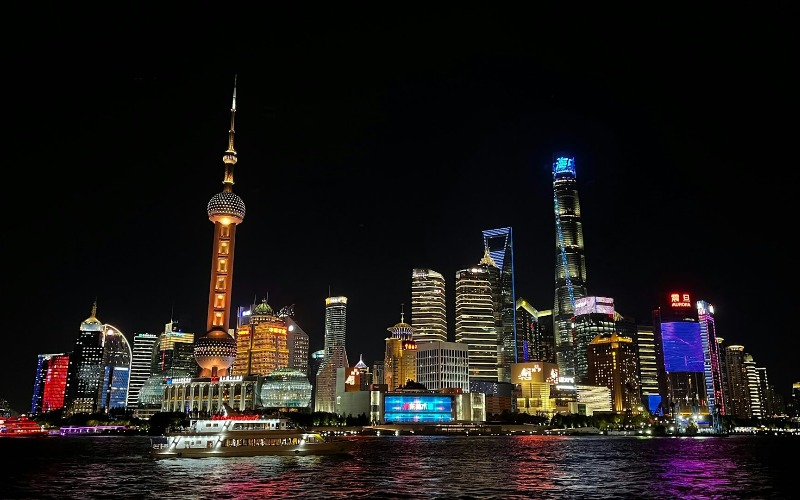
The Bund (外滩) in Shanghai is only 1.5 kilometers long, and most travel articles just focus on the views within that stretch. But in reality, when people say they’re “visiting the Bund,” it’s more like doing a “city walk” that includes the Bund and nearby attractions. These spots include places like Nanjing Road Pedestrian Street, People’s Park, and the Shanghai Museum. They’re all super close to the Bund, so most visitors check them out together.
We’ll take you through the route, showing you what the Bund Shanghai really looks like in the context of a full trip and whether it’s actually worth visiting.
Table of Contents
Main Attractions of the Bund
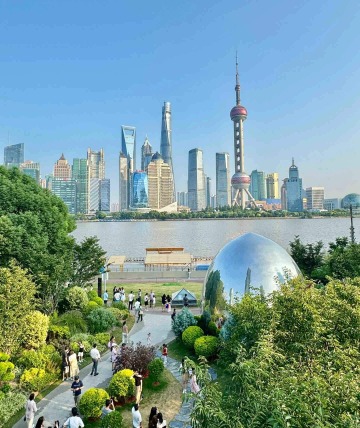
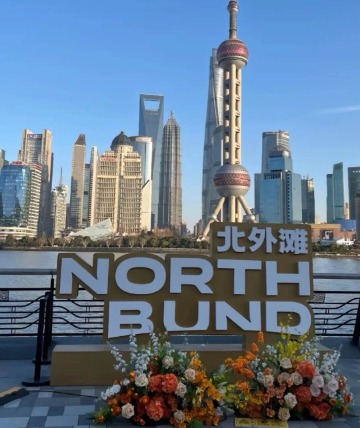
North Bund (北外滩)
Compared to the crowded Bund, the North Bund feels more peaceful and relaxed. But you can still see Lujiazui across the river. In the evening, it’s perfect for a walk along the water and enjoying the beautiful Huangpu River view. There are often events like camping and live band performances, so it gets lively at night. The North Bund is also home to the shiny stainless steel “Big Egg,” which has become a popular spot on Chinese social media. It’s actually an elevator, but the designer cleverly turned it into an artistic landmark.
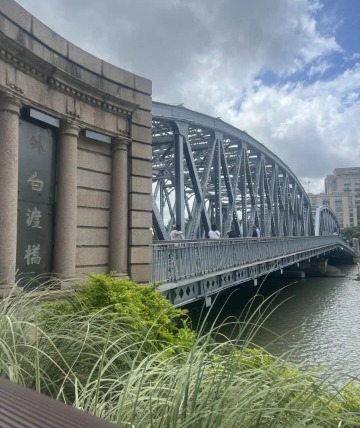
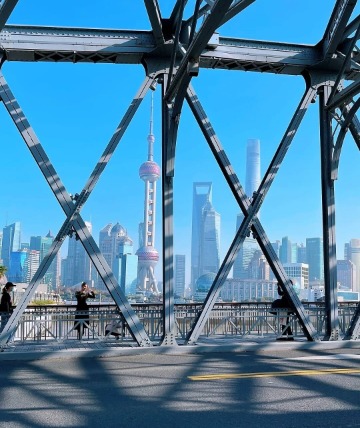
Waibaidu Bridge (外白渡桥)
After taking in the views at North Bund, the next stop is Waibaidu Bridge. This bridge has appeared in many famous Chinese movies and TV dramas, like Romance in the Rain, Blossoms Shanghai, and Lust, Caution. Because of that, it’s become a popular spot for tourists to reenact famous scenes.
Originally, Waibaidu Bridge was made of wood and built by British investor Mr. Wells in 1856. In 1907, it was upgraded to a steel structure, becoming China’s first all-steel bridge. Back then, China was still in the late Qing Dynasty, so this bridge was a groundbreaking symbol of progress—it was unlike anything seen before.
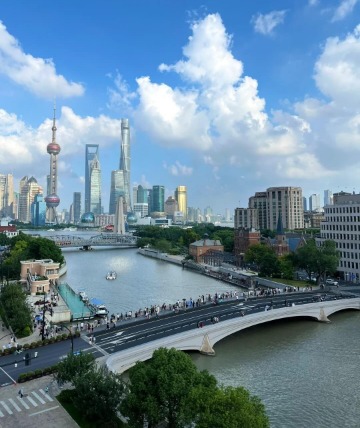
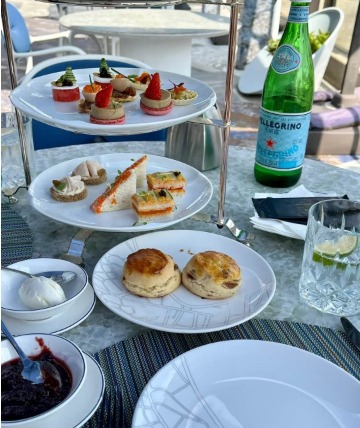
Zhapu Road Bridge (乍浦路桥)
Zhapu Road Bridge is another famous bridge in Shanghai, very close to Waibaidu Bridge. It’s a great spot to capture photos of the Suzhou Creek, and every day, you’ll find plenty of photographers and fashion lovers here. Walking across the bridge, you can not only enjoy a view of landmarks like the Oriental Pearl Tower and other buildings in Lujiazui, but also feel the cool breeze from the Suzhou Creek.
The area around Zhapu Road Bridge is also home to some of Shanghai’s trendy cafés. If you’re a coffee lover, you definitely need to grab a coffee and a snack here. Sit back, relax, and enjoy a leisurely afternoon with the breeze from the creek.
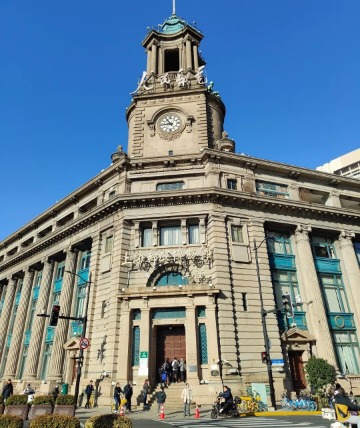
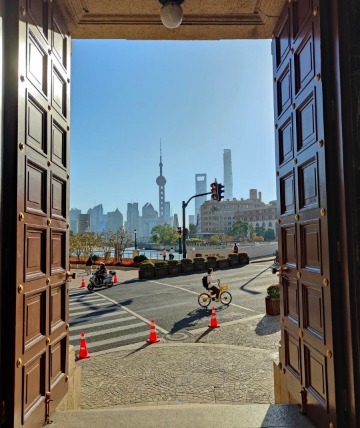
Shanghai Postal Museum (上海邮政博物馆)
Walking a bit further from Zhapu Road Bridge, you’ll reach the Shanghai Postal Museum. It’s China’s first postal museum, opened in 1924. The building combines European Eclecticism and Baroque styles. If you’re a stamp collector, this place is perfect for you to learn about the history of Shanghai’s postal system and see many rare stamps. You can even buy a few unique Shanghai-themed stamps as souvenirs. Besides the exhibitions, many visitors love to take photos standing inside the museum’s entrance, which makes for some pretty cool shots.
The Shanghai Postal Museum is open from 9:00 AM to 4:00 PM on Wednesdays, Thursdays, Saturdays, and Sundays, and it’s closed on Mondays, Tuesdays, and Fridays. No reservation is needed, and entry is free.
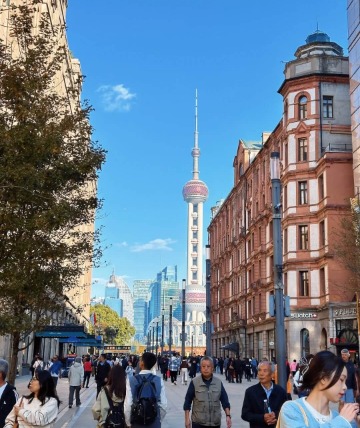

After visiting the Shanghai Postal Museum, keep walking, and you’ll hit Nanjing Road Pedestrian Street, known as “China’s No.1 shopping street.” There are over ten large malls here, packed with trendy clothing brands, high-end cosmetics, and a wide range of local Shanghai snacks. Plus, there’s Bailian ZX Creative Fun Mall, China’s first mall dedicated to anime culture. If you’re an anime fan, you can’t miss it.
A quick heads-up, though: Nanjing Road can get super crowded. Over 200 million people visit every year, so make sure to avoid the major Chinese holidays. Otherwise, you’ll be stuck in a sea of people!
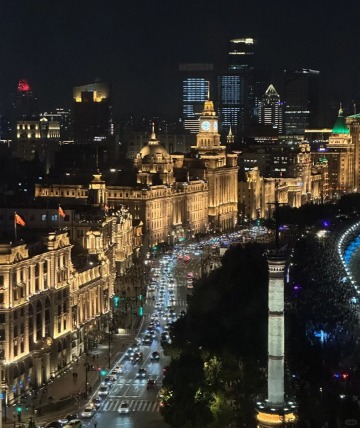
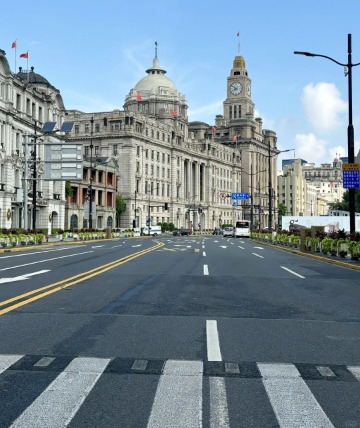
The Historic Buildings of the Bund (万国建筑博览群)
At the end of Nanjing Road Pedestrian Street is Shanghai Bund, also known as the “Exotic building clusters in the Bund of Shanghai.” The Bund is home to 52 unique, foreign-style buildings, ranging from Gothic, Romanesque, and Baroque, to a mix of Western and Chinese styles. Most of these buildings are 100 to 120 years old. In the late 19th century, the Bund became the hub for foreign banks, symbolizing wealth and prestige. When the lights come on at night, the buildings glow with a golden hue, creating a majestic scene.
You might wonder why there are so many Western-style buildings in Shanghai. Well, as one of China’s first open cities, Shanghai became a major target for Western powers starting in the mid-19th century. With the establishment of foreign concessions, many Western architects and designers came to Shanghai, bringing different architectural styles and construction techniques. These buildings not only served the needs of Western residents and businesses but also became an integral part of Shanghai’s cityscape.
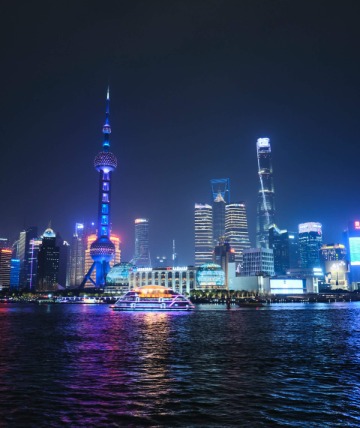
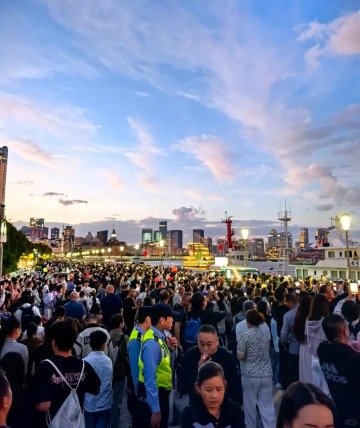
The Bund’s Viewing Platform (外滩观景平台)
Next to the historic buildings is the Bund’s Viewing Platform. From here, you can get a clear view of Lujiazui’s skyscrapers across the river, as well as the boats cruising on the Huangpu River. This is one of the best spots to enjoy China’s most beautiful city skyline. The lights on China the Bund Shanghai usually turn on around 7 PM, so I’d recommend getting there around 6 PM to catch the sunset and see the lights come on.
Just a heads-up: Shanghai Bund is one of the most crowded places in Shanghai, so be extra cautious. During Chinese holidays, the daily foot traffic can reach up to 400,000 people, and between 7 and 8 PM, as many as 50,000 people can arrive at once. There was even a stampede here during the 2014 New Year’s Eve celebrations. Since then, the city has strengthened crowd control, and you’ll often see a lot of police officers during peak times. I’d suggest trying to avoid the busiest hours if you can.
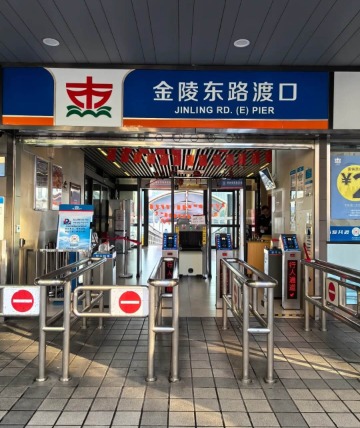
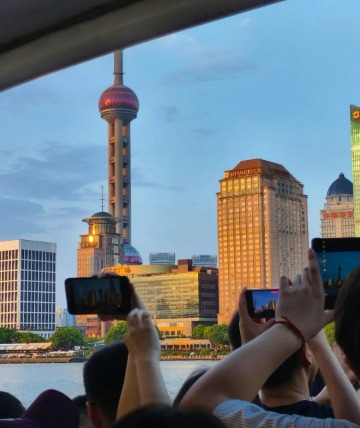
Jinling East Road Ferry Terminal (金陵东路渡口)
After visiting the Shanghai riverfront, you can take the ferry across the river to Lujiazui. Unlike other Huangpu River cruises, the ferry at Jinling East Road is mainly for locals and tourists to cross the river quickly. The ticket is very affordable—only 2 CNY (about 0.30 USD) each way (while river cruises usually cost at least 120 CNY, or around 17 USD). The ferry runs about every 15 minutes, and its operating hours are from 7 AM to 6:30 PM.
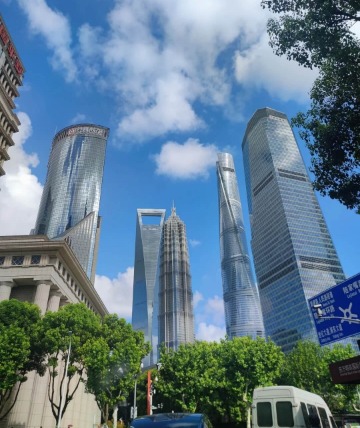
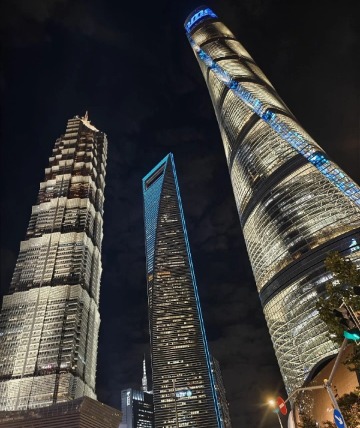
The "Lujiazui Trio" (陆家嘴三件套)
Lujiazui is Shanghai’s financial hub, and it’s home to some of the city’s most iconic buildings: the Jin Mao Tower (420.5 meters), the World Financial Center (492 meters), and the Shanghai Tower (632 meters, the tallest building in China). These three are known as the “Lujiazui Trio.” Of course, another famous landmark, the Oriental Pearl Tower, is also located here. Popular spots to check out include the observation deck on the 88th floor of Jin Mao Tower and the glass-floored walkway on the Oriental Pearl Tower. From up there, you can take in amazing views of the city’s skyline and the lights along the river. There’s also the Shanghai Ocean Aquarium and the Pudong Art Museum, perfect for a family visit.
Believe it or not, just 40 years ago, Lujiazui was mostly farmland, filled with old, low buildings. Nobody wanted to live there. But in 1990, the Chinese government decided to develop the area, and since then, it’s been transformed with skyscrapers. Now, it’s home to the Chinese headquarters of major international banks like HSBC, Citibank, and Standard Chartered.
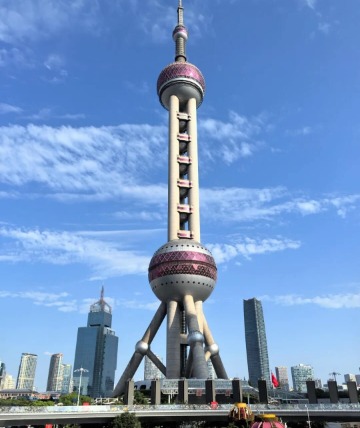
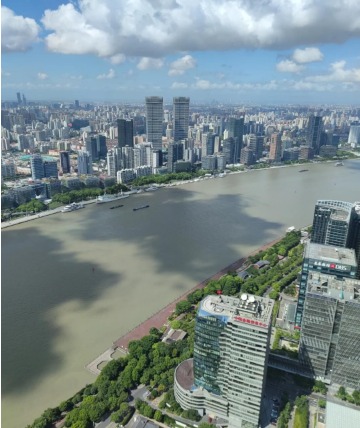
The Oriental Pearl Tower (东方明珠塔)
If there’s one thing that screams “Shanghai,” it’s the Oriental Pearl Tower. It’s pretty much the symbol of the city, and it really gives Shanghai’s skyline its unique look. You can visit several observation decks inside the tower to enjoy stunning views of Shanghai, including the Huangpu River, the Bund, and the towering buildings in Lujiazui. There’s also a 267-meter-high revolving restaurant, serving international dishes. It makes a full rotation every two hours, so you can enjoy your meal while taking in the breathtaking views of the river.
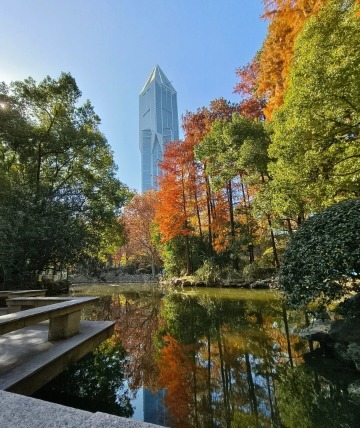
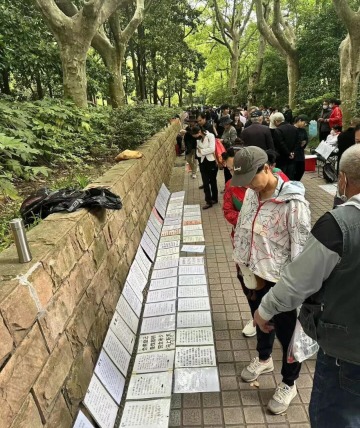
Shanghai People's Park (人民公园)
If you have some free time after visiting the Bund in Shanghai, head over to People’s Park to see how the locals enjoy a laid-back day. It’s not just a park; it’s also home to Shanghai’s largest “Marriage Market.” What’s that? Well, parents post their kids’ personal details—like education, job, and income—on cards around the park. If someone’s interested, they can approach and ask for more info about the guy or girl. Most of the time, the contact info on the cards is for the parents, so you have to talk to them first before getting introduced to their child.
Matchmaking isn’t new in China—it goes way back. And it’s not just a Chinese thing; countries like Japan and Korea have similar matchmaking cultures. In ancient China, if you wanted to find a partner, you’d usually need a “middleman,” often a middle-aged woman. Parents would hire her to help find a match, and most of the communication between families would go through her. If the match worked out, she’d take a small fee for her service.
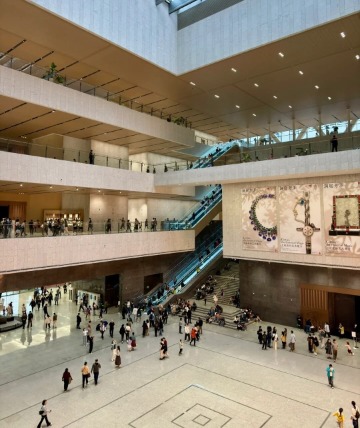
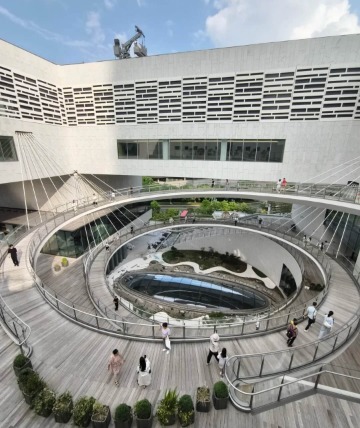
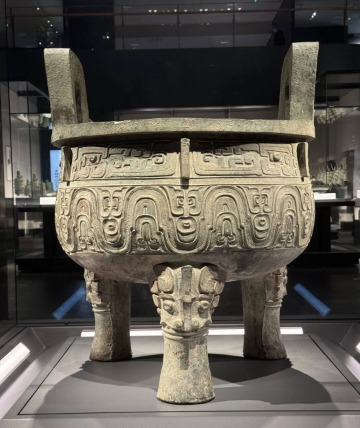
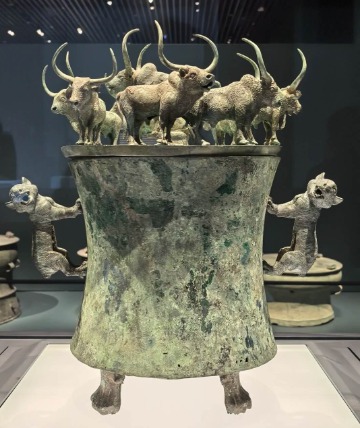
Shanghai Museum (上海博物馆)
The East Building of the Shanghai Museum is right next to People’s Park. The museum has a wide range of exhibits, from ancient bronzeware to exquisite ceramics. Its highlight is the large bronze “Dake Ding” from the Western Zhou Dynasty (1046–771 BC). The museum also puts a lot of focus on making your visit comfortable and interactive. Each floor has areas for resting, shopping, or grabbing a bite, with options like coffee, tea, Chinese food, and Western dishes.
Special Events at the Bund
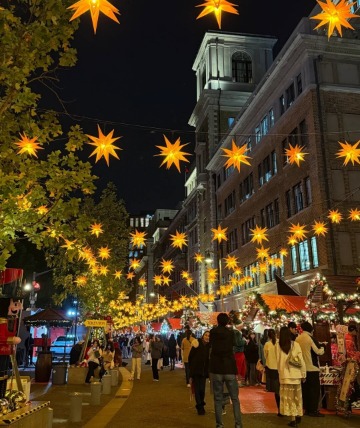
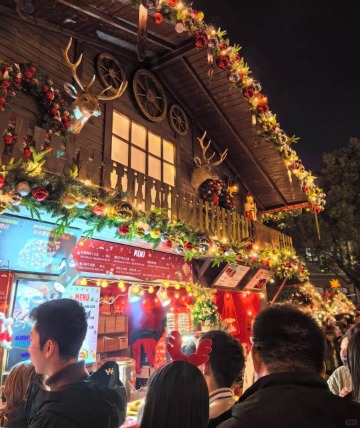
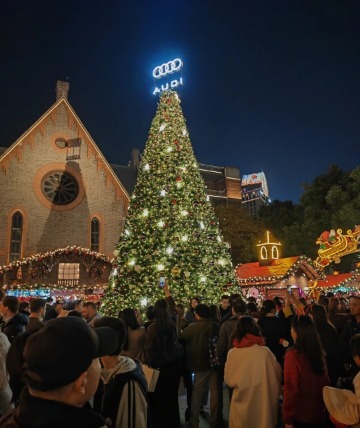

The Bund "German Christmas Market" (外滩“德国圣诞集市”)
Every year around Christmas, the Huangpu District in Shanghai hosts a German-style Christmas market. The market is decked out with cozy, old-fashioned wooden huts, an 8-meter-tall Christmas tree, and an interactive Santa Claus area. There are live band performances and holiday dance shows that really bring the festive spirit to life. You can also enjoy authentic German food like smoked sausages, Black Forest cake, and gingerbread. Plus, there’s a range of international flavors, including Chilean roast beef, Mexican tacos, and Dutch-style fried fries.
Ways to Explore the Bund
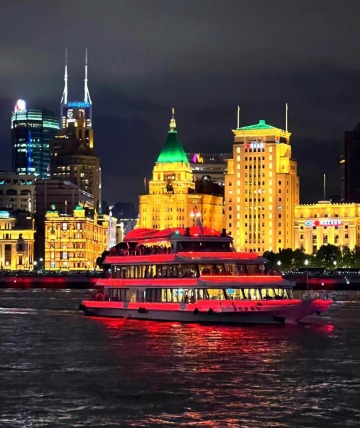
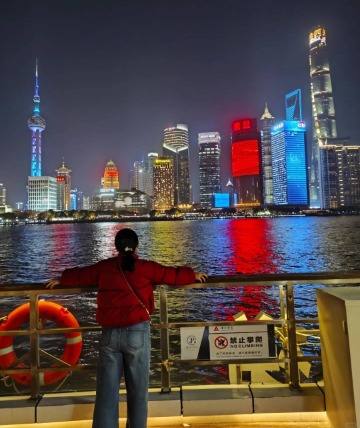
Huangpu River Cruise (黄浦江夜游)
On one side of the river, you’ve got the historic architecture. On the other, the modern skyline of Lujiazui. At night, both sides light up with colorful lights. So, a night cruise on the Huangpu River is a perfect way to see the Bund Shanghai. There are two types of cruises:
Highlight Tour: This is a 45-minute trip, no meals included. Prices range from 120 to 150 CNY (about 16 to 20 USD).
Deep Dive Tour: This one lasts 2 hours and includes a buffet. You board at 5 PM, enjoy dinner and the views, then the boat sets off at 7 PM and returns by 9 PM. Prices range from 168 to 250 CNY (about 23 to 34 USD).
Accommodation Near the Bund
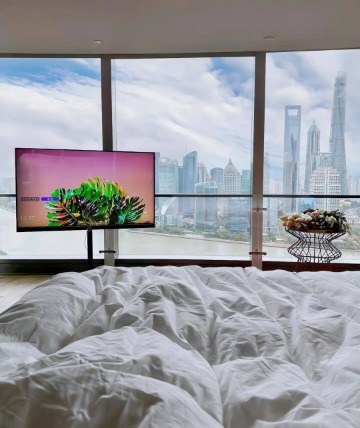
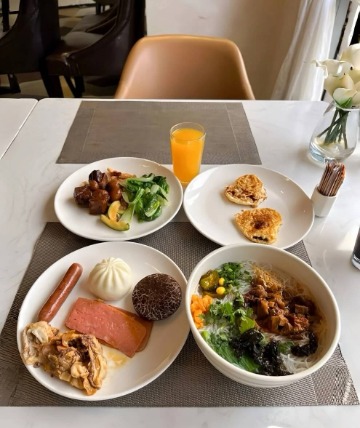
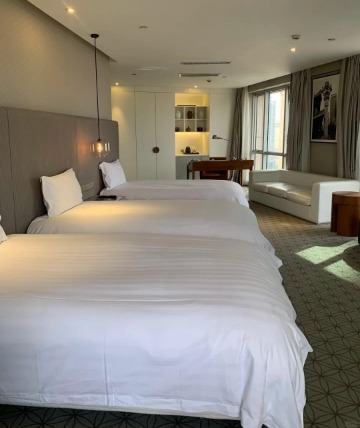

There are plenty of riverside hotels in Shanghai Bund, offering amazing views of the night skyline. Most are just a 10-minute walk to the Bund China. The rooms are super clean and stylishly decorated. The staff is friendly and attentive. Some hotels even have bars and observation decks for an even better view.
FAQ About the Bund
1. Why is it called "the Bund"?
The word “Bund” comes from the Indian Parsi community. When the British arrived in India, the Parsis referred to the riverbanks in the East as “the Bund.” Later, when the British came to Shanghai, they borrowed the term “The Bund,” meaning “the riverbank of Eastern waters.”
2. Is the Bund better at night or during the day?
If I had to choose, I’d go for night. With all the lights, the historic buildings on one side and the modern skyline of Lujiazui on the other really come to life. However, the Bund can get quite crowded at night. If you’d prefer to avoid the crowds, visiting during the day is a good option.

